
How to Use ESP32: Examples, Pinouts, and Specs
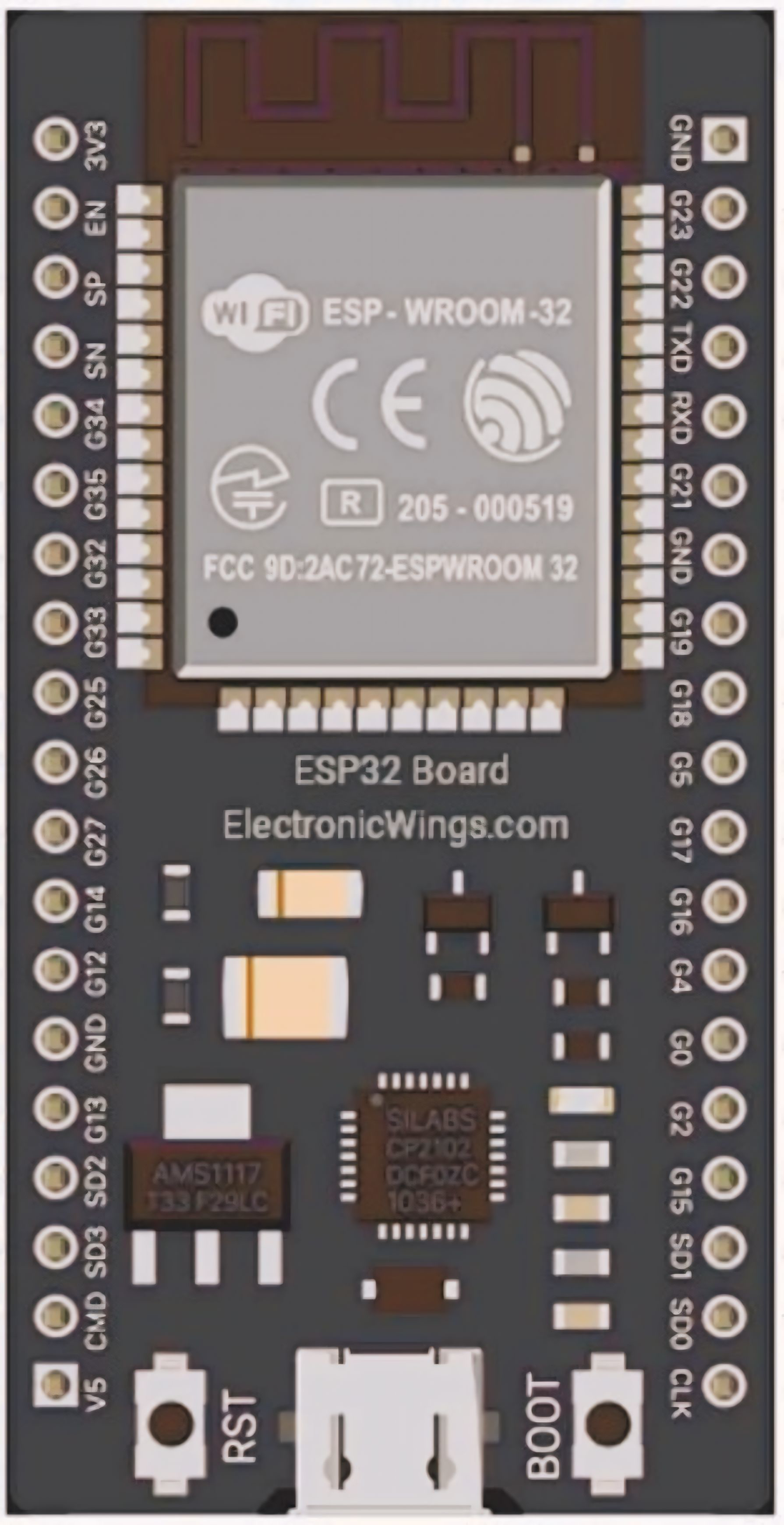
 Design with ESP32 in Cirkit Designer
Design with ESP32 in Cirkit DesignerIntroduction
The ESP32 is a low-cost, low-power system on a chip (SoC) developed by Espressif Systems. It features integrated Wi-Fi and Bluetooth capabilities, making it an ideal choice for Internet of Things (IoT) applications, smart devices, and embedded systems. The ESP32 is highly versatile, offering dual-core processing, a wide range of GPIO pins, and support for various communication protocols.
Explore Projects Built with ESP32
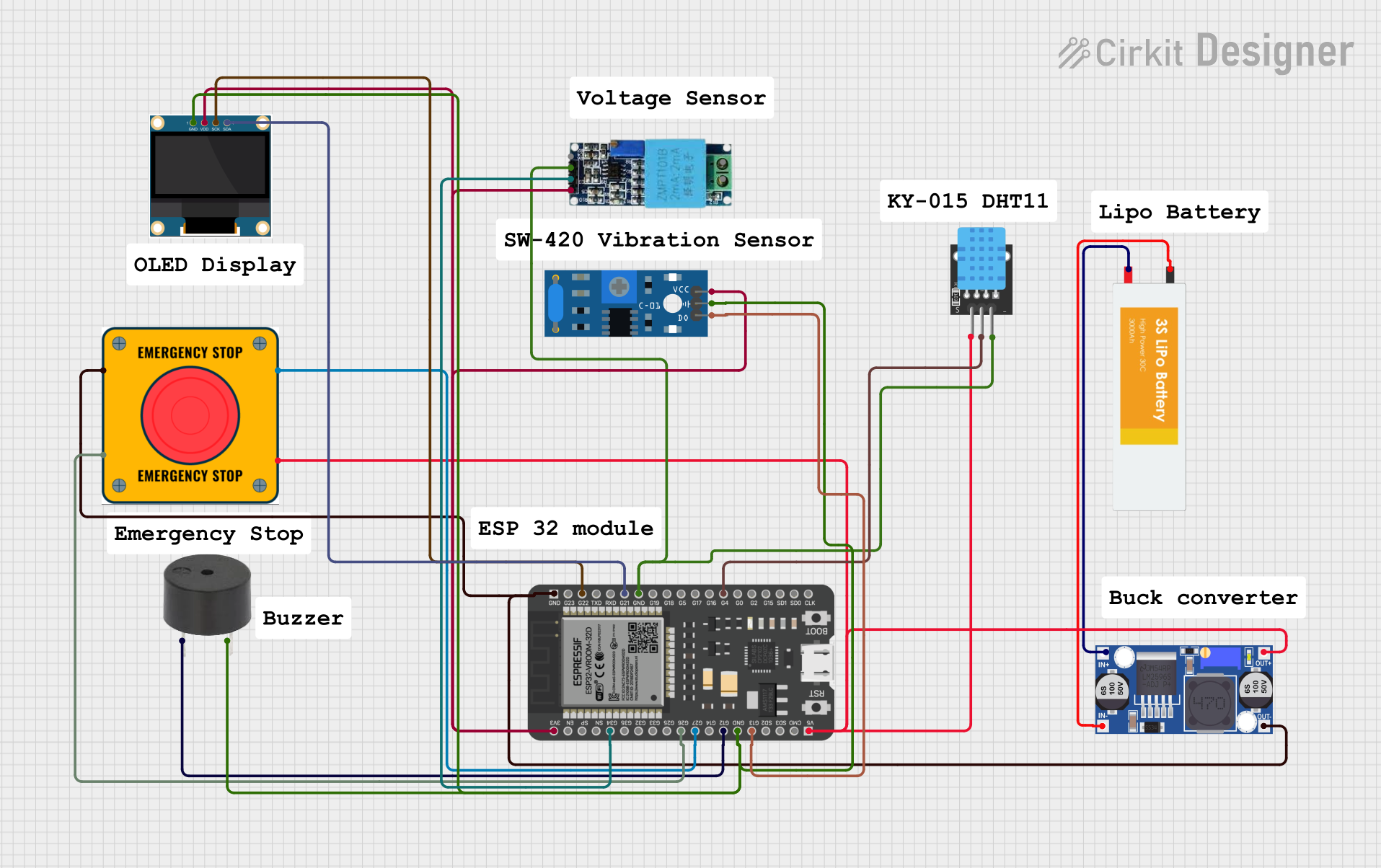
 Open Project in Cirkit Designer
Open Project in Cirkit Designer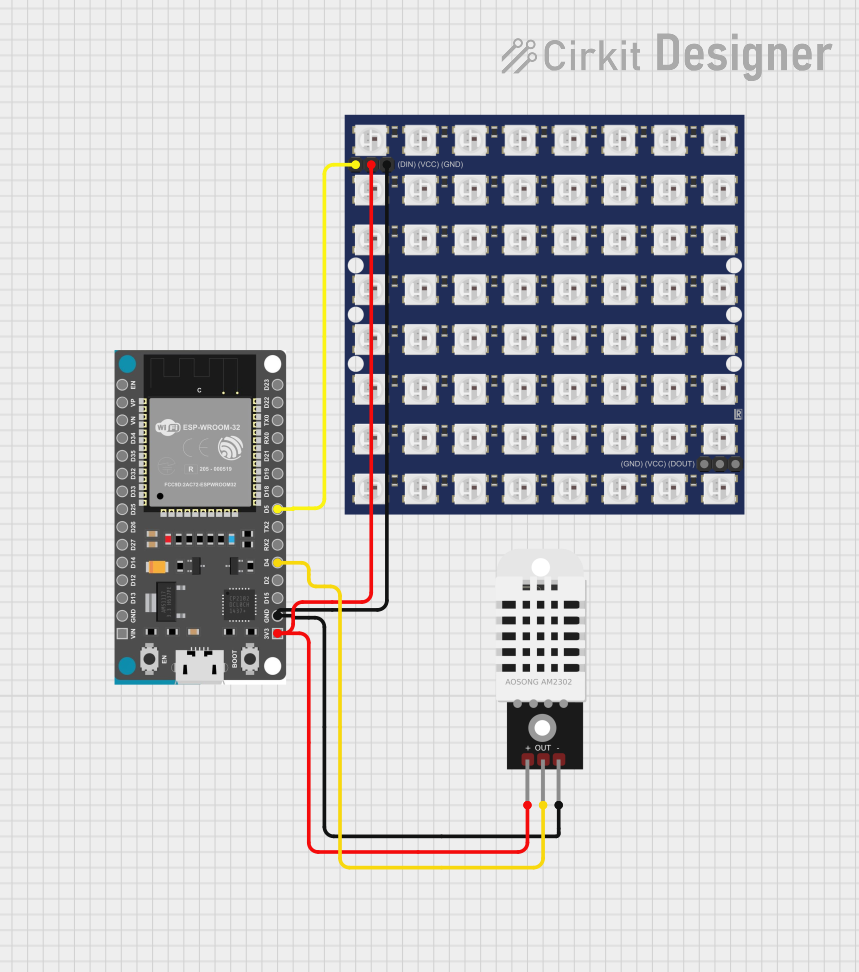
 Open Project in Cirkit Designer
Open Project in Cirkit Designer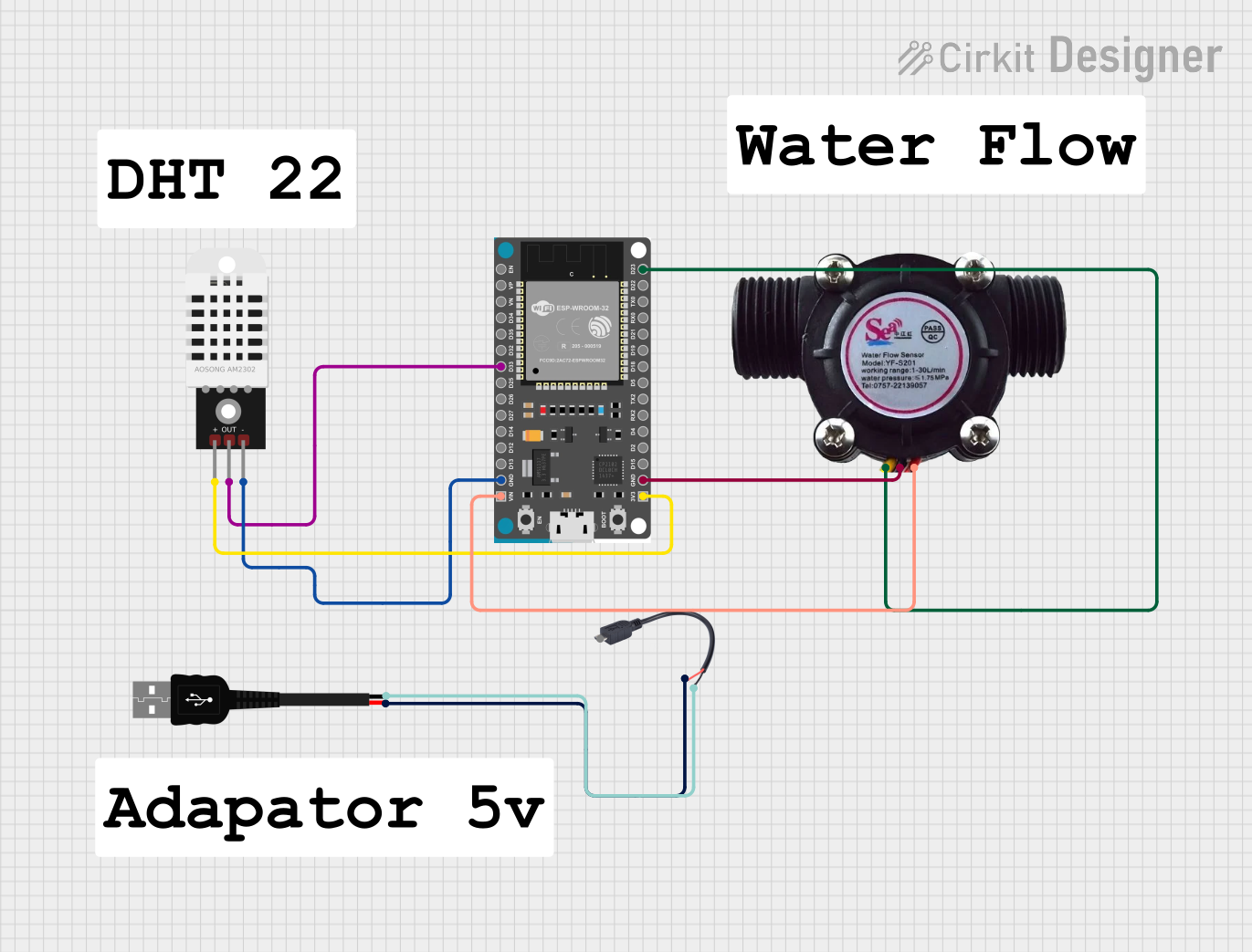
 Open Project in Cirkit Designer
Open Project in Cirkit Designer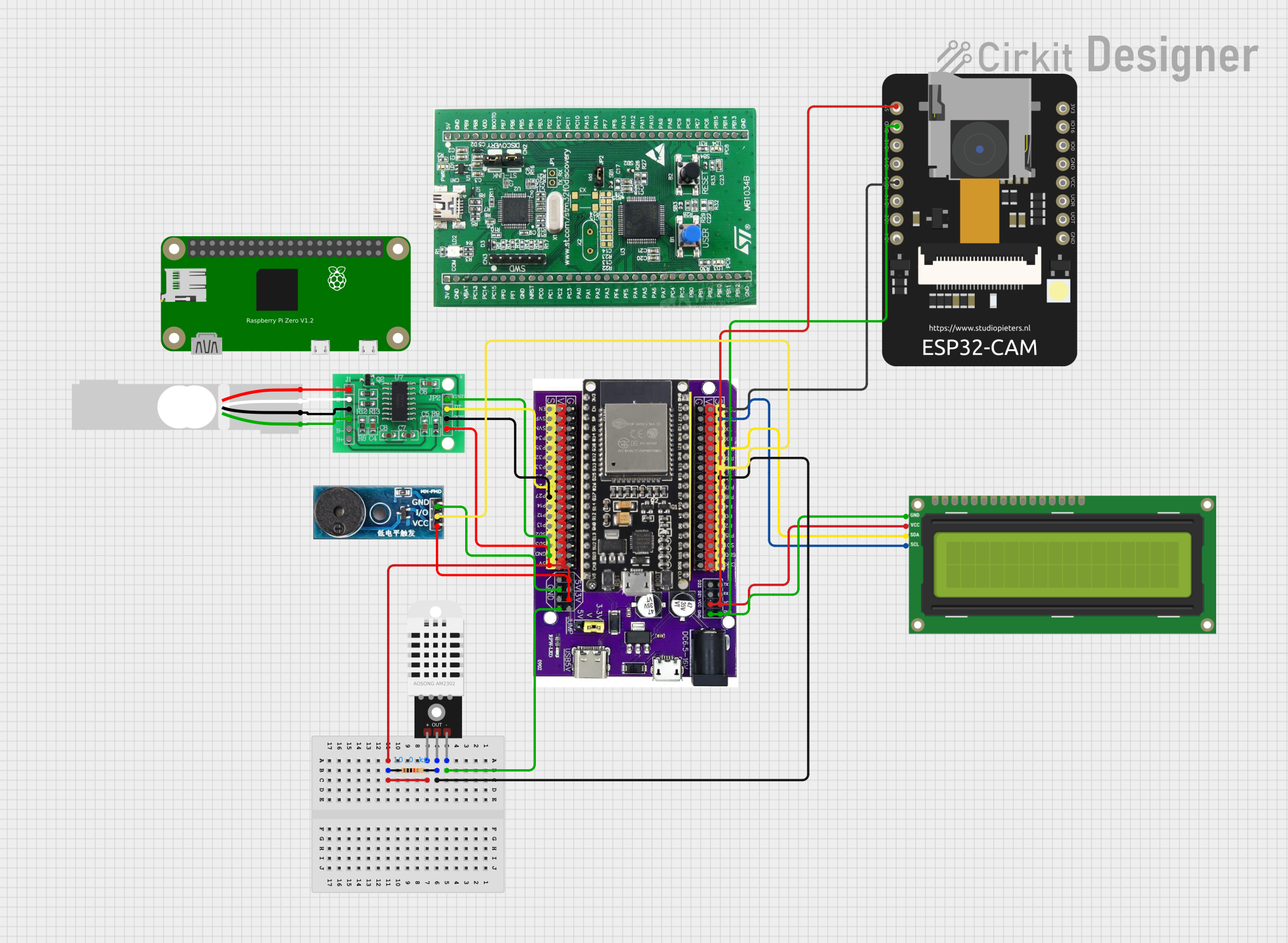
 Open Project in Cirkit Designer
Open Project in Cirkit DesignerExplore Projects Built with ESP32

 Open Project in Cirkit Designer
Open Project in Cirkit Designer
 Open Project in Cirkit Designer
Open Project in Cirkit Designer
 Open Project in Cirkit Designer
Open Project in Cirkit Designer
 Open Project in Cirkit Designer
Open Project in Cirkit DesignerCommon Applications and Use Cases
- IoT devices (e.g., smart home automation, sensors, and actuators)
- Wearable technology
- Wireless communication hubs
- Robotics and drones
- Data logging and remote monitoring
- Prototyping and educational projects
Technical Specifications
The ESP32 is packed with features that make it a powerful and flexible component for a wide range of applications. Below are its key technical specifications:
General Specifications
- Processor: Dual-core Xtensa® 32-bit LX6 microprocessor
- Clock Speed: Up to 240 MHz
- RAM: 520 KB SRAM
- Flash Memory: Typically 4 MB (varies by module)
- Wi-Fi: 802.11 b/g/n (2.4 GHz)
- Bluetooth: v4.2 BR/EDR and BLE
- Operating Voltage: 3.3V
- GPIO Pins: 34 (multipurpose, including ADC, DAC, PWM, I2C, SPI, UART)
- Power Consumption: Ultra-low power consumption in deep sleep mode (~10 µA)
Pin Configuration and Descriptions
The ESP32 has multiple GPIO pins, each capable of serving various functions. Below is a table summarizing the key pins and their descriptions:
| Pin Name | Function | Description |
|---|---|---|
| GPIO0 | Input/Output, Boot Mode Selection | Used for boot mode selection during startup. |
| GPIO2 | Input/Output, ADC, DAC | General-purpose pin, supports ADC and DAC. |
| GPIO12 | Input/Output, ADC, Touch Sensor | Can be used as an ADC input or touch sensor. |
| GPIO13 | Input/Output, PWM, Touch Sensor | Supports PWM and touch sensing. |
| GPIO15 | Input/Output, ADC, PWM | General-purpose pin with ADC and PWM support. |
| EN | Enable | Active-high pin to enable or reset the chip. |
| 3V3 | Power | Provides 3.3V power output. |
| GND | Ground | Ground connection. |
| TX0 (GPIO1) | UART Transmit | Default UART transmit pin. |
| RX0 (GPIO3) | UART Receive | Default UART receive pin. |
Note: The ESP32 has many more GPIO pins and features. Refer to the official datasheet for a complete pinout.
Usage Instructions
How to Use the ESP32 in a Circuit
- Powering the ESP32:
- The ESP32 operates at 3.3V. Ensure your power supply provides a stable 3.3V to the
3V3pin. - Avoid supplying 5V directly to the GPIO pins, as this may damage the chip.
- The ESP32 operates at 3.3V. Ensure your power supply provides a stable 3.3V to the
- Connecting to a Computer:
- Use a USB-to-serial adapter or a development board (e.g., ESP32 DevKit) to connect the ESP32 to your computer.
- Install the necessary drivers (e.g., CP2102 or CH340) if required.
- Programming the ESP32:
- Use the Arduino IDE or Espressif's ESP-IDF (Espressif IoT Development Framework) to write and upload code.
- Select the correct board and port in the IDE before uploading.
Example: Blinking an LED with Arduino IDE
Below is an example of how to blink an LED connected to GPIO2 using the Arduino IDE:
// Define the GPIO pin where the LED is connected
const int ledPin = 2;
void setup() {
// Set the LED pin as an output
pinMode(ledPin, OUTPUT);
}
void loop() {
// Turn the LED on
digitalWrite(ledPin, HIGH);
delay(1000); // Wait for 1 second
// Turn the LED off
digitalWrite(ledPin, LOW);
delay(1000); // Wait for 1 second
}
Important Considerations and Best Practices
- Voltage Levels: Ensure all connected peripherals operate at 3.3V logic levels.
- Deep Sleep Mode: Use deep sleep mode to conserve power in battery-powered applications.
- Boot Mode: Avoid pulling GPIO0, GPIO2, or GPIO15 to the wrong state during boot, as this may prevent the ESP32 from starting correctly.
- Heat Management: The ESP32 can get warm during operation. Ensure proper ventilation or heat dissipation if used in high-performance applications.
Troubleshooting and FAQs
Common Issues and Solutions
ESP32 Not Detected by Computer:
- Ensure the correct drivers (e.g., CP2102 or CH340) are installed.
- Check the USB cable for data transfer capability (some cables are power-only).
- Verify the ESP32 is powered correctly.
Code Upload Fails:
- Ensure the correct board and port are selected in the Arduino IDE.
- Press and hold the
BOOTbutton on the ESP32 while uploading the code.
Wi-Fi Connection Issues:
- Double-check the SSID and password in your code.
- Ensure the Wi-Fi network operates on the 2.4 GHz band (ESP32 does not support 5 GHz).
Random Resets or Instability:
- Verify the power supply provides sufficient current (at least 500 mA).
- Check for loose connections or short circuits.
FAQs
Q: Can the ESP32 operate on 5V?
A: No, the ESP32 operates at 3.3V. However, many development boards include a voltage regulator that allows powering the board with 5V via the USB port.
Q: How do I use Bluetooth on the ESP32?
A: The ESP32 supports both Bluetooth Classic and BLE. Use the BluetoothSerial library for Bluetooth Classic or the BLE library for BLE in the Arduino IDE.
Q: What is the maximum range of the ESP32's Wi-Fi?
A: The range depends on environmental factors but typically extends up to 100 meters in open spaces.
Q: Can I use the ESP32 with batteries?
A: Yes, the ESP32 is suitable for battery-powered applications. Use a 3.7V LiPo battery with a voltage regulator or a development board with built-in battery support.
By following this documentation, you can effectively integrate the ESP32 into your projects and troubleshoot common issues. For more advanced features, refer to the official Espressif documentation.